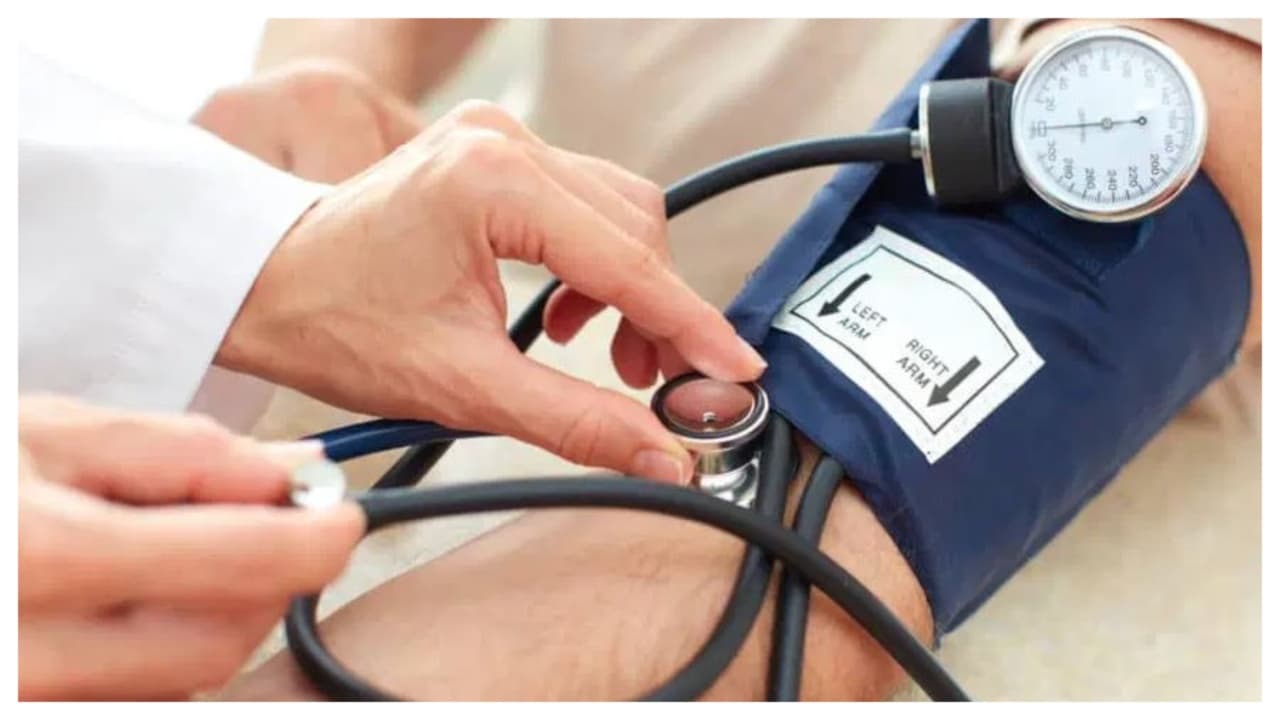A new University of Exeter study unveils a predictive tool that estimates arm blood pressure from ankle readings, improving accuracy for people unable to use arm cuffs—helping prevent misdiagnoses and making hypertension care more inclusive.
A groundbreaking discovery by scientists at the University of Exeter could change the way blood pressure is measured — especially for people who can’t have it taken from their arm. Researchers have developed a predictive tool that accurately estimates arm blood pressure using ankle readings, offering new hope for thousands of patients who’ve long been excluded from standard testing methods.
A Smarter Way to Measure Blood Pressure
Traditionally, blood pressure is taken from the upper arm — but for many people, that’s not possible. Conditions like limb loss, paralysis after a stroke, or certain disabilities can make arm readings difficult or inaccurate. In such cases, doctors often measure pressure from the ankle, but those readings tend to be higher and can lead to misdiagnoses or incorrect treatments.
The new method, published in BMJ Open and funded by the National Institute for Health and Care Research (NIHR), changes that. Using data from over 33,000 participants across multiple countries, the research team created a personalized algorithm that can accurately predict arm blood pressure from ankle measurements.
To make it accessible, the team has even launched a free online tool — the ABLE-BP calculator — that allows clinicians and patients to input ankle readings and get a more accurate estimate of arm blood pressure.
Why Getting It Right Matters
High blood pressure affects more than one billion people worldwide, increasing the risk of heart attacks, strokes, and kidney disease. For many, early detection can be life-saving — but accuracy is everything.
Professor Chris Clark, who led the research, explained,
“Our new method will give a more accurate reading for around two percent more people. That may not sound like much, but when you consider that one in three adults has high blood pressure, this could prevent hundreds of misdiagnoses each year — and tens of thousands globally.”
The study’s findings are particularly relevant in the UK, where around 10,000 adults live with upper limb loss and 75 percent of stroke survivors experience arm weakness or paralysis. For them, this innovation could bring reliable monitoring — and peace of mind — for the first time.
Backed by Advocates and Experts
The Stroke Association and the Thalidomide Trust have both supported the project, recognizing how it could make healthcare more inclusive.
Juliet Bouverie OBE, CEO of the Stroke Association, noted,
“Someone in the UK has a stroke every five minutes, and high blood pressure causes about half of them. Many survivors can’t have their blood pressure checked properly on their affected arm. This new approach not only improves care but also helps reduce anxiety for those who fear another stroke.”
Professor Kevin Munro of the NIHR added,
“This research offers a clever solution to a real-world problem — ensuring that everyone, regardless of disability, can have their blood pressure monitored accurately.”
A Personal Story: “Why Should I Be Left Out?”
For Sue Kent, a TV presenter from Swansea born with an upper limb disability caused by Thalidomide, the struggle to get accurate readings has been lifelong.
“I rarely had my blood pressure taken when I was younger,” Sue recalled. “Once, they used a big cuff on my thigh — but no one really knew if the results were right.”
Later, during a routine cataract operation, ankle readings showed her blood pressure was extremely high. “They weren’t worried, but I was terrified,” she said. “It made me realize how uncertain my results had always been.”
Sue hopes this new predictive model will bring reassurance.
“As you get older, blood pressure is such an important sign of your health. Guessing isn’t safe — you need accurate information. This innovation means people like me can finally get that.”
Leveling the Playing Field
For many people living with disabilities, simple medical checks can become unnecessary challenges. This new ankle-based method has the potential to make blood pressure monitoring truly inclusive, ensuring that no one is left behind simply because of a physical limitation.
Sue put it best:
“Why should I not be able to have my blood pressure taken like everyone else? This tool could literally help save lives — and make sure people like me aren’t left out of something so basic, yet so vital.”
